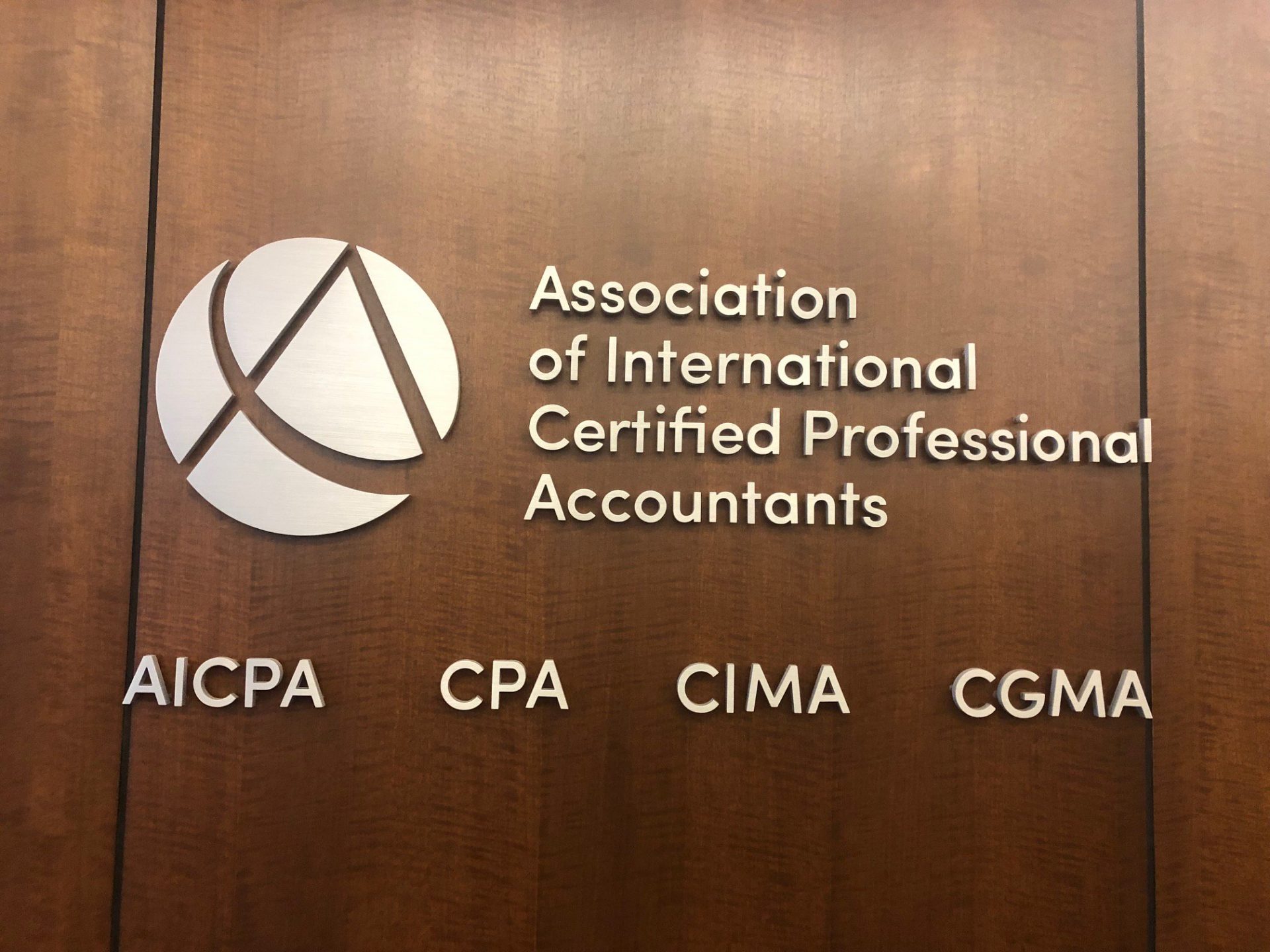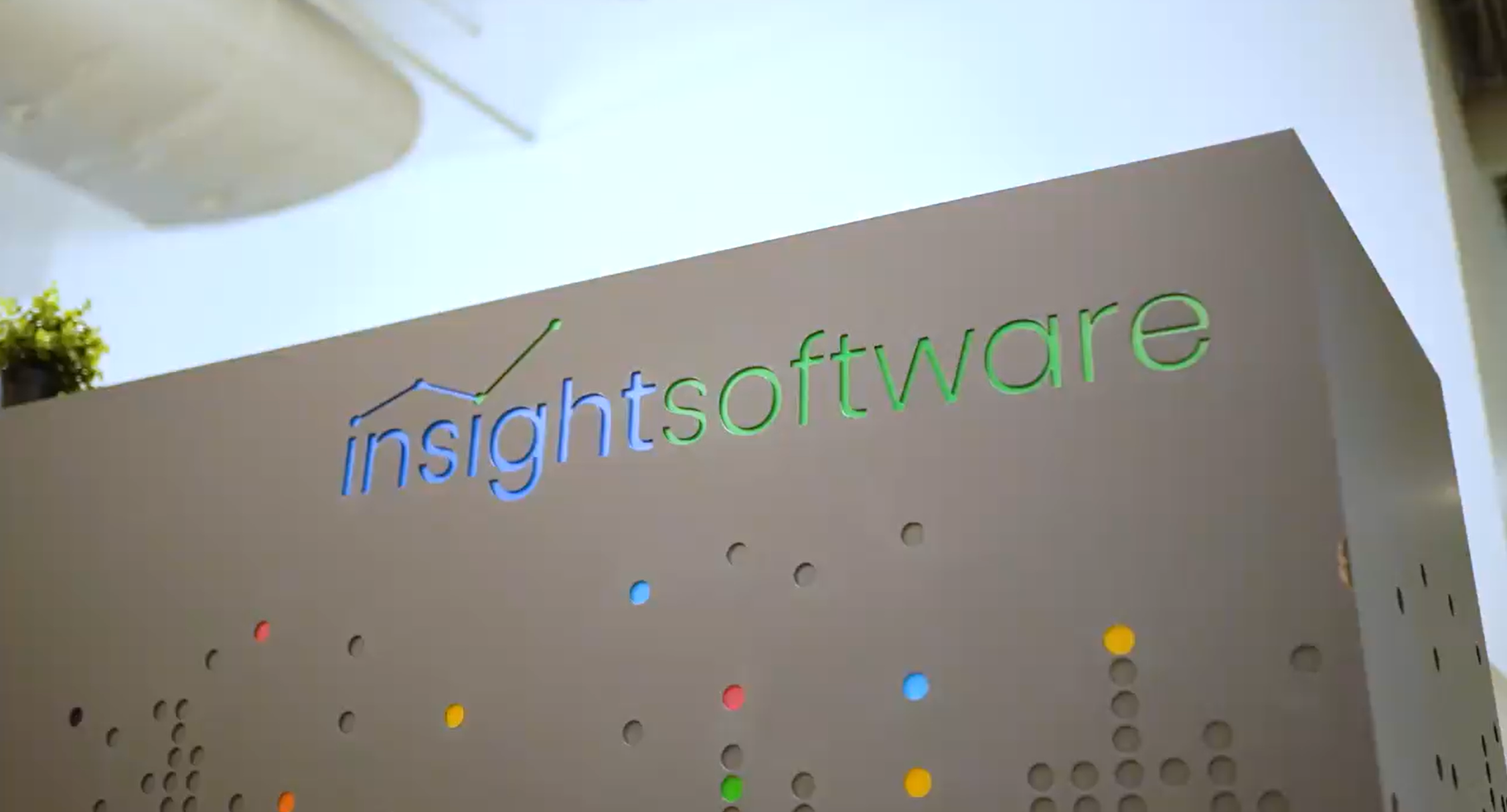By Heidi Henderson
If your clients are in the field of software development, you might be pleased to learn that federal research and development (R&D) tax credits (designed to stimulate technological innovation in the United States) can reimburse them for developing new products, processes, or inventions; the credits can return a significant percentage back to them for qualified research activities and qualified research expenses. And over 40 states in the U.S. offer a state-level tax credit as well. To qualify for the credit, your client’s software doesn’t have to be new to the world—only new to the client’s company.
But before the client files a claim for R&D tax credits for software development with the IRS, what should you know about the credits? First, the IRS places all software into one of two categories: 1) external use, or third-party, software and 2) internal-use software. Each is judged according to different criteria.
External Software Criteria
An excellent example of external software is Microsoft. External software is intended for sale, lease, or license to customers. The IRS will accept the credit if the research passes this four-part test:
- It must be technological in nature: The activity must rely on hard sciences, such as engineering, physics, or computer science.
- It must involve a new or improved business component: Your client must demonstrate there was an intention to develop a new or improved product or process, not a simple aesthetic change.
- It must involve the process of experimentation: The client must evaluate alternatives through modeling, simulation, testing, or other methods.
- It must pass the technical uncertainty test: The client must eliminate technical uncertainty via research. The client must explain how he or she strove to achieve the desired outcome and how he or she reached that goal.
The IRS applies the four-part test to each business component—that is, each individual software version or module developed. Here are some examples of external-use software applications that may qualify:
- document management systems
- educational software
- marketing software
- firmware
Internal Software Criteria
Internal use software is devised to support a business internally. It can be used for administrative, financial, or HR management purposes or to accomplish support services within a business. Companies develop internal-use software, based on their own platform, so they can be more capable operationally or so that they can avoid paying a fee to a third-party vendor.
However, internal software must meet more stringent requirements. It must be highly innovative, and there can’t be anything like it in the marketplace. (External use software doesn’t have that requirement, because it’s based on an original platform.)
Internal use software must meet not only the four-part research test above, but also a heightened three-part test:
- The software must be highly innovative.
- Its development must introduce significant economic risk.
- A similar product must not be available commercially.
To determine the presence of significant economic risk, the internal software must pass an additional two-part test:
- Your client’s company must commit significant resources.
- Substantial uncertainty must be involved. Can the R&D investment be recouped within a reasonable amount of time?
Qualifying Activities
Here are some examples of R&D activities that the IRS deems as qualifying for the credit:
- Alpha/beta testing
- Application and platform design and testing
- Coding, programming, testing (such as for functional, integration, or user interface purposes)
- Developmental cloud computing activities
- New architectures, new algorithms, or new database management techniques
- Software and hardware product development to further communication and interaction
- Specialized technology design (such as for image processing, artificial intelligence, or speech recognition)
- System software development (for example, operating systems or compilers)
Qualified Research Expenditures
Qualified Research Expenditures (QRE) are expenses judged by the IRS as acceptable for the credit. They include:
- Wages of the employees who carry out the R&D
- The supplies used during the R&D process
- A portion of what a contractor expends on R&D activity
Expenses could include cloud computing costs and costs associated with offsite servers.
It’s important to note that the R&D tax credit is primarily a wage-driven credit. The lion’s share of R&D expenses is derived from the cost of paying eligible employees and consultants. However, for the purposes of applying for the R&D tax credit, all employees and consultants must be based in U.S., not India or another outsourcing location.
A few other points:
- Funded research is disqualified.
- If your client is also claiming the Employee Retention Credit, that can reduce the amount of the R&D credit the client might be entitled to, because the ERC reduces wage costs.
- In addition, the client must own the intellectual property rights to the platform being constructed.
Above all else, documentation is key. Your client must have substantiation to defend the credit and support it when filing for the credit. The client should:
- Track the list of projects or revisions. Each version of the release would be a new project.
- Keep a list of projects and what the staff members are working on.
- Have time tracking in place.
- Include employee titles.
Potentially qualifying R&D job titles could include:
- Director of Software Engineering
- Programmer
- Senior technical leads
- Software analyst
- Software developers
- Software integration engineers
Your Client Can Bank Tax Savings to Fund New Projects
Less than one-third of companies eligible for the credit even know it exists, so two-thirds are losing out. If your client’s activities and expenses qualify and the client has maintained assiduous documentation, substantial tax savings can be realized—which can then be put back into the client’s business, so that the client can undertake even more research and win additional R&D tax credits! It’s a virtuous circle.
========
Heidi Henderson is an executive vice president with Engineered Tax Services and a national tax consultant specializing in federal tax incentives. An active real estate investor, she holds both bachelor’s and master’s degrees from the University of Phoenix. If you have questions, you can email her at: hhenderson@engineeredtaxservices.com
Thanks for reading CPA Practice Advisor!
Subscribe Already registered? Log In
Need more information? Read the FAQs




